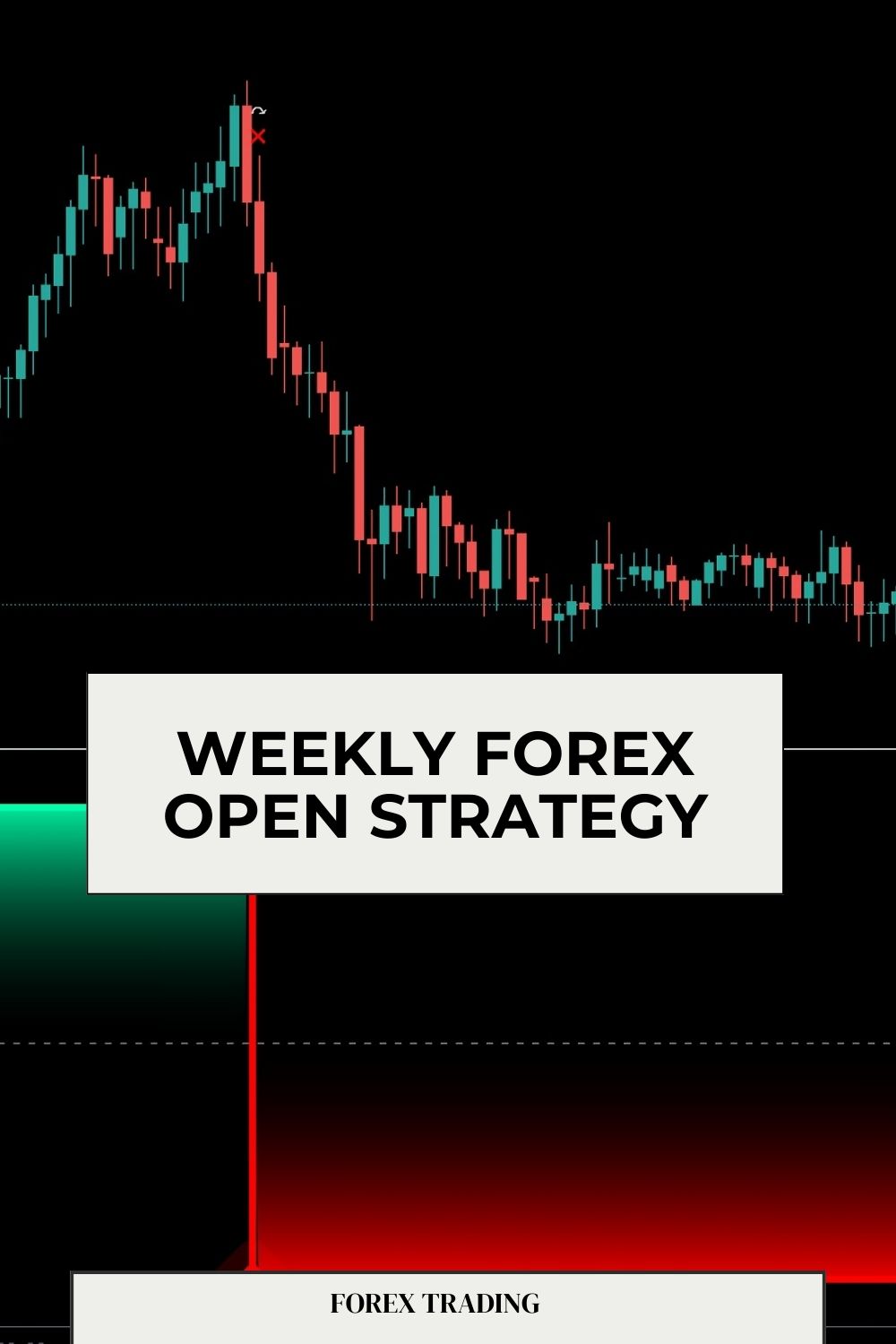Last Updated on March 29, 2025 by Arif Chowdhury
What’s Really Moving the Forex Market? 🧐
I’ve been in the trenches since 2015, and I’ll tell you something most “gurus” won’t.
The market doesn’t care about your indicators.
It doesn’t care about your sentiment.
What it does respond to is institutional money flow – the big players making big moves.
According to a 2023 Bank for International Settlements report, institutional traders control over 85% of daily forex volume, with an average of $7.5 trillion traded daily.
Understanding the Weekly Open Advantage 💡
The weekend gap between Friday’s close and Monday’s open creates one of the most predictable patterns in forex.
Why?
Because institutional players are positioning themselves.
When banks and hedge funds place their orders Sunday night, they create momentum that often continues into the early week.
A study by the Journal of Financial Markets found that 67% of weekly trends are established within the first 24 hours of trading.
This isn’t random – it’s a pattern you can leverage.
How to Identify Institutional Bias 🔍
Look for these key signals:
- Gap analysis: Measure the distance between Friday’s close and Monday’s open
- First hour volume: Higher than average volume suggests institutional activity
- First 4-hour candle direction: Often indicates the weekly bias
- Key level interaction: Watch how price behaves around weekly pivots
The magic happens when you combine these signals rather than relying on just one.
Setting Up Your Weekly Open Trades 📈
Here’s how I approach the weekly open:
First, I mark last week’s range, key support/resistance, and daily pivots.
I wait for the first 4-hour candle to close on Monday.
If it closes bullish above a key level with strong volume, I look for long setups.
If it closes bearish below support with conviction, I prepare for shorts.
The key is patience – waiting for confirmation rather than jumping in at the open.
Risk Management: The Real Edge 🛡️
Let me be brutally honest.
Your edge isn’t just your entry – it’s how you manage risk.
I never risk more than 1% per trade.
I place stops beyond logical market structure points.
I target a minimum 1:2 risk-reward ratio, often stretching to 1:3 or beyond on weekly plays.
A Reuters analysis showed that professional traders’ win rates actually hover around 55% – their profitability comes from positive risk-reward ratios, not from being right all the time.
Automation: Leveraging Technology Without Losing Control 🤖
After years of refining my approach, I’ve developed a portfolio of 16 trading bots that execute this weekly open strategy across EUR/USD, GBP/USD, USD/CHF, and USD/JPY.
Each currency pair has 3-4 specialized algorithms that work on H4 timeframes, targeting those juicy 200-350 pip moves that develop from weekly bias.
These bots have been backtested across 20 years of data, including brutal market conditions.
The multi-layered diversification minimizes correlation between losses.
Want to see these EAs in action? Check out my complete trading bot portfolio here.
And yes, I’m currently offering this entire portfolio for FREE.
Broker Selection: More Critical Than Most Realize 🏦
Your strategy is only as good as the broker executing your trades.
You need tight spreads during the weekly open.
You need reliable execution with minimal slippage.
You need a broker that won’t hunt your stops.
After testing dozens of options over the years, I’ve compiled a list of brokers that actually deliver on their promises.
See my thoroughly vetted broker recommendations here: Top Forex Brokers for Serious Traders
Final Thoughts: Consistency Trumps Complexity 🎯
The weekly open strategy works because it aligns with actual market mechanics – not theoretical indicators.
It respects how institutional money moves.
It focuses on high-probability setups rather than trying to trade everything.
Most importantly, it’s repeatable week after week.
There’s no magic formula – just disciplined execution of a proven process.
Whether you implement this manually or use my automated solutions, the principles remain the same.
Watch the open, respect the bias, manage your risk, and let the market work for you.
